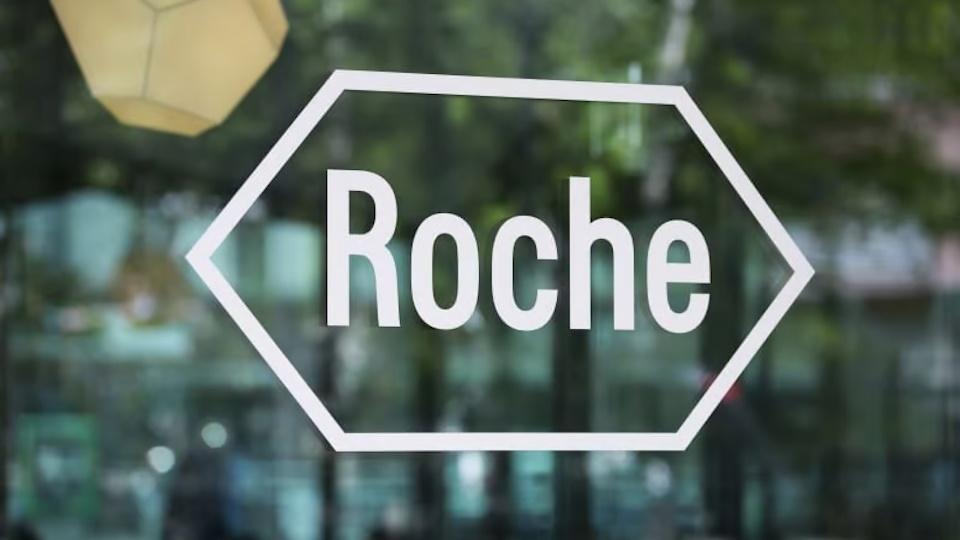Q&A: Zulf Masters on emerging markets

UK-based Masters Speciality Pharma focuses on supplying medicines to developing countries where access to treatments is limited – partnering with big pharma firms such as Novartis, Alexion and Amgen in the process. We spoke to founder Zulf Masters about his experiences working in these difficult emerging markets.
What led you to found the company?
I started my career back in 1980 working at Beecham as a medical rep, moving into international sales and marketing for certain emerging markets. This gave me the idea of founding Masters in 1984 to address the unmet patient need in these markets. The company began by serving the Caribbean from a single location from where, as founder and CEO, I worked to expand Masters into an international business.
In the beginning we focused on unlicensed supply through Expanded Access and Managed Access. In 1994 we added licensed products through registrations with the local health authorities in Central American countries. This was in partnership via exclusive distribution agreements with European and American pharma companies. As part of our continued expansion, in 1998 the company entered Brazil.
All Latin American countries, including Brazil, have “Health for All” in their constitution. This puts an obligation on the healthcare services, private and public to obtain the prescribed treatment from abroad if it is not available locally. In 2006, Masters Speciality Pharma, Brazil, became an ANVISA licensed company to continue our franchise in partnering with pharma companies in Europe and America to register products with the associated sales distribution and demand generation.
What opportunities exist in emerging markets for companies like yourselves?
Accessibility is one of the biggest challenges facing emerging market healthcare systems. Market fragmentation, structural under-development and limited sources of good information restrict the ability for small and mid-size biopharma companies to engage with these very important markets. Conversely, lack of awareness, education and financial means can deter patients and their healthcare providers from seeking or accessing first world treatment regimes. Emerging markets often lack access to the relevant information needed to educate patients and their families. Advocacy groups are also rare or exist only in one city in the country and few inhabitants have heard of them.
Healthcare authorities all over the world are struggling to meet healthcare budgets and invariably they are forced into looking for alternative sources of essential and crucial life–saving treatments. These alternative sources do not necessarily provide quality products or solutions. To overcome this, the Healthcare Authorities turn to the Pan American Health Organization (PAHO) or World Health Organization (WHO) for guidance.
Unfortunately, applied guidance is universal and automatically precludes Masters to offer bona fide products from very reliable sources due to the challenges in obtaining the right paperwork from the biopharma industry in Europe and the US. PAHO/WHO guidelines in procuring medicines from alternative sources demands the production of GMP certificates and certificate of analysis (CoA). Many alternative sources can provide these documents, which may not necessarily be authentic.
What are the main challenges you're hoping to tackle in these markets?
We’re striving to improve the lives of those suffering from various diseases, including rare diseases, in remote parts of the world by offering innovative and essential life-saving medicines. By definition, rare and speciality conditions offer very limited volumes as well as affordability. The pharma industry as a whole is not interested in serving these patients and tend to concentrate away from emerging markets.
How do you identify and decide on diseases to address?
We continuously engage with key opinion leaders (KOLs) and patient advocacy groups as well as studying demographics and population makeup. This type of interaction reveals the unmet need.
What strategies do you employ when you've decided to tackle a disease?
● Research and survey the patients with rare conditions
● Find the right treatment to cure the condition/disease that is both effective and suitable given the target market
● Discuss the disease and the treatment with KOLs and health authorities
● Build an economic case and confer with health authorities to develop a strategy to make it feasible for the health authorities to procure and dispense the treatment
● Create awareness about the disease and the medicine by holding scientific meetings and educational seminars with doctors and healthcare professionals.
What are some common challenges you face in your work?
Some of the rare diseases are genetically acquired and this may be for a relatively poor subsect of the population. The public health sector and indeed the federal government only pay lip service to these sub-sects which means there is no budget allocation on improving lives in these very poor areas of the country.
Working with communities in some of the most under-developed and remote parts of the world to tackle diseases that are often unrecognised or very poorly understood poses many challenges – geographically, politically, culturally and economically.
Over the years we have managed to understand and overcome these local nuances and offer a solution that is equitable to all concerned – patient lives, well-being, quality of life and survival rate being the drivers of strategy.
How might different kinds of diseases require different strategies?
Off the shelf treatments are fast becoming things of the past. There are seven billion pairs of genes in the world, and growing. Each and every pair is unique. Thus we are seeing the advent of personalised medicines being researched for effective treatment. This type of technology, however, has yet to reach the emerging market.
The industry will need a partner to assist in accessing patient populations in the emerging markets who has an understanding how the demographics work locally.
Could you give us a case study of a recent success story?
A recent example is in the treatment of Wilson’s Disease in the Middle East including Iraq.
Wilson’s disease is a rare genetic disorder in which a failure of the liver to metabolise and remove unnecessary amounts of copper in the body results in the body becoming overloaded with copper. While copper plays a key role in the development of healthy nerves, bones, collagen and skin pigment, in excess it can lead to liver failure, brain damage and other life-threatening conditions. Early diagnosis is crucial and if left untreated, the disease can be fatal. The disease is found in all races and ethnic groups. Although estimates vary, it is believed that Wilson’s disease occurs in approximately one in 30,000 to 40,000 people worldwide. Approximately one in 90 people may be carriers of the disease gene.
To date, a large number of people suffer from the disease in Iraq with a distinct lack of effective and affordable medication available to them. Without treatment many face the bleak prognosis of liver transplant.
Trientine 300 is a chelating agent that promotes urinary copper excretion, but also inhibits intestinal copper absorption through metallothionein induction. It offers a practical and affordable way to manage the condition, greatly improving the way of life for Wilson’s sufferers.
Through researching and surveying patients with conditions not covered by the Iraqi health system, we identified Wilson’s as a rare disease in need of treatment. Having identified Trientine 300 as a suitable treatment, we worked with key opinion leaders and local health authorities to develop a strategy and build the economic case for procuring and dispensing Trientine 300 to the Iraqi market.
Following the success of Trientine 300 in Iraq, we’re continuing to research and invest in helping the Iraqi health authorities to treat patients. In addition, we are currently investigating the feasibility of rolling out a similar programme for the treatment of diseases such as haemophilia, hepatic porphyria and neuroendocrine tumours.











